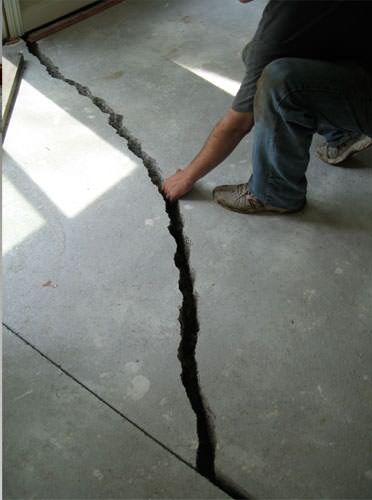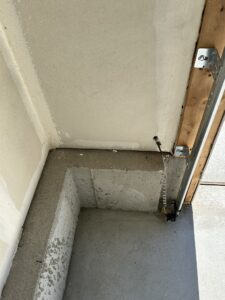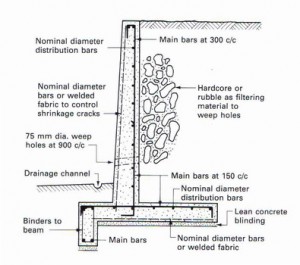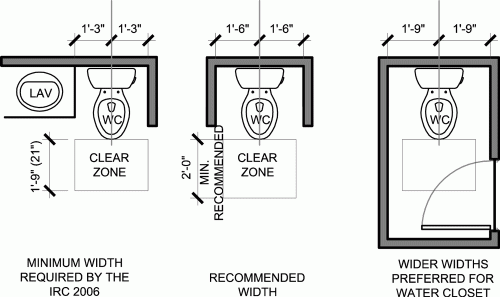Understanding Soil Movement Risks for Building Owners
Soil movement can significantly impact a building’s stability. Building owners should understand the differences between soil subsidence, heave, creep, and settlement. Each type of movement presents unique risks that require careful evaluation during site selection and construction.
Types of Soil Movement
- Subsidence: The gradual sinking of the ground due to underground voids, mining activities, or soil compaction. It can cause foundation cracks, uneven floors, and structural misalignment.
- Heave: The upward movement of soil, often caused by expanding clay or frost action. Heave can lead to cracked foundations, misaligned doors, and lifted slabs.
- Creep: The slow, downslope movement of soil due to gravity. It typically affects buildings on slopes, causing leaning walls and foundation displacement.
- Settlement: The natural compaction of soil under a building’s weight. If uniform, settlement causes minimal damage, but differential settlement can crack foundations and walls.
The Importance of a Geotechnical Soils Report
A geotechnical report provides crucial data about soil composition, bearing capacity, and potential movement. The International Building Code (IBC) Section 1803.5.2 mandates soil investigations for expansive soils, and Section 1803.5.7 requires slope stability evaluations. Without this report, builders risk foundation failures and costly repairs.
Damage Caused by Soil Movement
- Foundation Cracks: Subsidence and heave cause structural cracking.
- Misaligned Doors and Windows: Movement distorts openings, making doors and windows difficult to operate.
- Uneven Floors: Creep and settlement create noticeable tilts in flooring.
- Plumbing Damage: Pipe misalignment results in leaks and blockages.
- Structural Instability: Severe cases lead to unsafe buildings requiring major repairs or demolition.
Acceptable Tolerances for Movement
Industry standards define acceptable movement limits. The IBC references ASCE 7-22 for structural loads, which accounts for minor movement. Typically, differential settlement under 1 inch is acceptable, but movement exceeding 2 inches can compromise structural integrity. Engineers evaluate movement based on the geotechnical report to ensure stability.
Soil Movement Risks for Building Owners
- Visible Cracks: Monitor foundation, wall, and floor cracks larger than 1/8 inch.
- Sticking Doors and Windows: Difficulty opening or closing suggests shifting structures.
- Gaps Between Walls and Ceilings: Separation indicates uneven movement.
- Ponding Water: Poor drainage contributes to heave and subsidence.
- Sloping Floors: Measure slopes to detect creep or settlement.
Concealed Risks in a Completed Installation
Some movement signs remain hidden. Concealed risks include foundation piers affected by moisture changes, hidden cracks behind drywall, and shifting plumbing lines under slabs. Thermal imaging and ground-penetrating radar help identify these issues before they become severe.
Evaluating Building Construction with the Geotechnical Report
A building’s foundation and structural design should match geotechnical recommendations. IBC Section 1808.6 requires deep foundations for unstable soils, while Section 1809.4 provides minimum requirements for shallow foundations. Owners should verify that builders followed these guidelines to prevent long-term damage.
Conclusion
Understanding soil movement helps building owners prevent structural damage and costly repairs. Reviewing a geotechnical report, monitoring warning signs, and ensuring proper foundation design protect investments. Owners should engage geotechnical engineers and structural experts to assess risks before and after construction.











